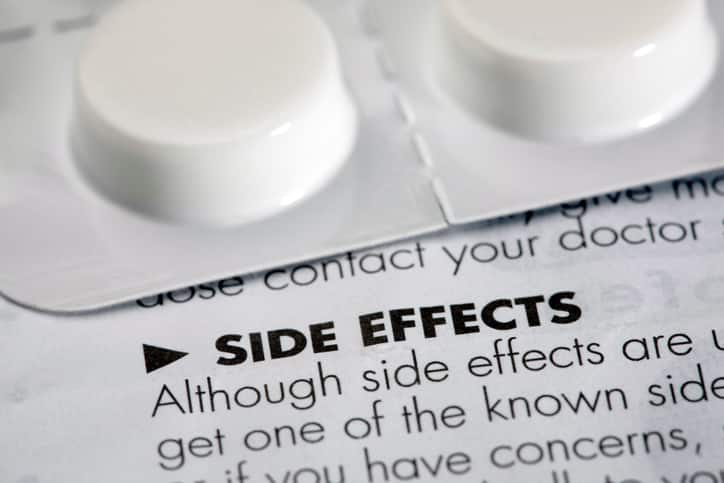
Courts in Canada have long recognized that manufacturers of products that are ingested, consumed, or otherwise placed in the body, and thereby have a great capacity to cause injury to consumers, are subject to a correspondingly high standard of care under the law of negligence[1].
Product liability claims in Canada most often involve allegations of negligence, including negligent design, negligent manufacturing, and/or a failure to warn.
Warning: Negative Side Effects – Consumer Warning
The law recognizes that manufacturers are entitled to warn of certain side effects. The fact that a person has experienced negative side effects as a result of a prescription drug or medical device will not automatically entitle them to damages. If a manufacturer has adequately warned its consumers of the dangers inherent in the use of its product which it has knowledge of, or ought to have had knowledge of, then the manufacturer may be shielded from any potential liability.
However, under common law, a manufacturer has a duty to warn consumers of dangers inherent in the use of its product which the manufacturer has knowledge or ought to have had knowledge of. A failure to warn may give rise to liability in negligence.
If a product, although suitable for the purpose for which it is manufactured, is at the same time dangerous to use, the manufacturer of the product has a duty to warn of the attendant dangers in using the product. This duty is a continuing duty, even after the product has been approved and put on the market.
Warning: Negative Side Effects – Intermediaries
In cases of medical products, a manufacturer will at times be discharged of its duty to warn consumers directly if they provide the intermediaries, for example, physicians or surgeons, with an adequate warning of the potential dangers associated with the use of its product. That being said, the learned intermediary must be fully aware of the risks associated with the use of the product for the manufacturer’s duty to be fully discharged.
Product Liability: How Do Courts Determine If A Manufacturer Is Liable?
Whether a claim is brought for negligent design, manufacturing or marketing, the court will typically analyze the following four factors when determining whether a manufacturer should be held responsible for having manufactured a defective product[2]:
- Determining whether the product is defective or whether, although non-defective, the product has a propensity to injure;
- Determining what the manufacturer knew about the dangerousness of its product;
- Given the state of the art and the extent of the risks inherent in the product’s use, determining the reasonableness of the warning whether made directly to the consumer or to a learned intermediary; and,
- Determining individual causation and damages.
Howie, Sacks and Henry LLP is currently pursuing product liability actions in negligence for defective hernia mesh, St. Jude Defibrillators, and failure to warn of dangerous side effects when using the prescription drugs.
For more information or to discuss a faulty or defective medical device or implant, defective drugs or product, or any other possible mass tort, such as an airplane or bus crash, please contact product liability lawyer Paul Miller at 416-646-3901 or pmiller@hshlawyers.com.
[1] Hollis v. Dow Corning Corp. [1995] 4 SCR 634 at 655.
[2] Justice Perell in Batten v. Boehringer Ingelheim (Canada) Ltd., 2017 ONSC 53 at para 38.





